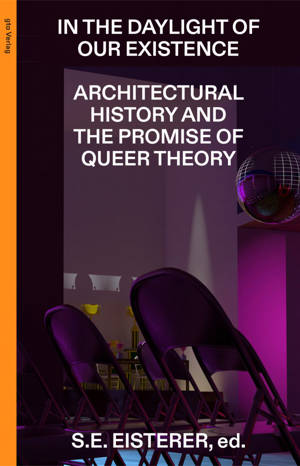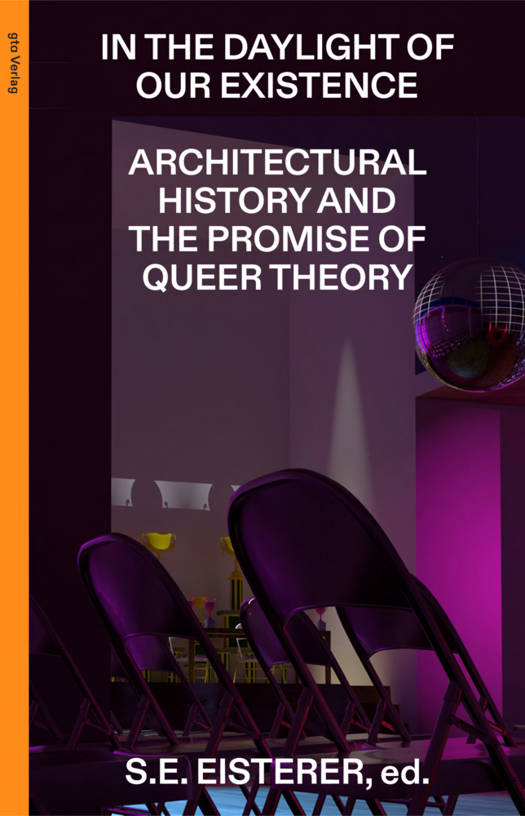
- Afhalen na 1 uur in een winkel met voorraad
- Gratis thuislevering in België vanaf € 30
- Ruim aanbod met 7 miljoen producten
- Afhalen na 1 uur in een winkel met voorraad
- Gratis thuislevering in België vanaf € 30
- Ruim aanbod met 7 miljoen producten
Zoeken
In the Daylight of Our Existence
Architectural History and the Promise of Queer Theory
€ 31,95
+ 63 punten
Omschrijving
In 1991, poet, author, and professor June Jordan encouraged radical alterations of the built environment as crucial to "A New Politics of Sexuality", the title of her address to the Bisexual, Gay, and Lesbian Student Association at Stanford University. Jordan did not tell her listeners what this altered environment would look like. Instead, she elicited their imagination to conceive a place for living, kissing, and holding hands without terror, what that space would look and feel like, and what else it would make possible.Tracing the efforts of feminist and LGBTQIA+ organizations for more just spaces for housing, health care, and artistic production, this book takes up Jordan's theoretical premise to work against normative ideas about gender and sexuality through environmental transformation. It presents methodologies of writing feminist and queer histories of architecture by investigating planning and urbanism, resistance and refusal, women's health and communal life in New York City, Los Angeles, St. Louis, Toronto, and Mexican border cities. A wide range of primary and secondary texts o¡er insight into the intersection of architectural history and gender studies.
Specificaties
Betrokkenen
- Uitgeverij:
Inhoud
- Taal:
- Engels
- Reeks:
Eigenschappen
- Productcode (EAN):
- 9783856764753
- Verschijningsdatum:
- 28/07/2025
- Uitvoering:
- Paperback
- Afmetingen:
- 148 mm x 11 mm
- Gewicht:
- 496 g

Alleen bij Standaard Boekhandel
+ 63 punten op je klantenkaart van Standaard Boekhandel
Beoordelingen
We publiceren alleen reviews die voldoen aan de voorwaarden voor reviews. Bekijk onze voorwaarden voor reviews.










